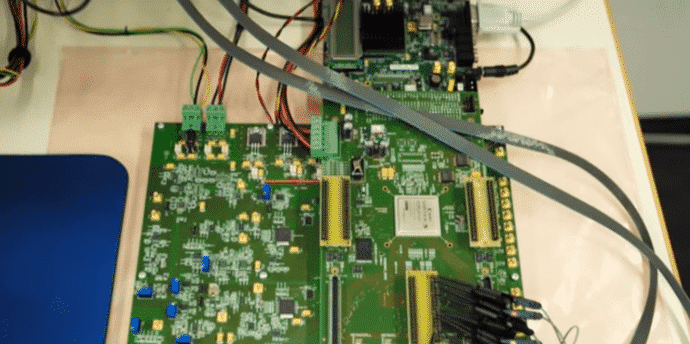IBM’s crystal based phase-change memory (PCM) is faster and cheaper than Flash memory and one day replace RAM chips
IBM seems to have discovered a whole new memory device which is faster and cheaper than Flash and RAM. For the first time, scientists at IBM Research have demonstrated reliably storing 3 bits of data per cell using a relatively new memory technology known as phase-change memory (PCM).
As of today, memory is either powered by Flash storage or RAM. Flash memory is too slow to become default main memory in the device while RAM is expensive and volatile. Thanks to a breakthrough by IBM scientists, a new method of storage called phase-change memory (PCM) solves issues with both Flash and RAM and may one day replace them both. For example, PCM doesn’t lose data when powered off, unlike DRAM, and the technology can endure at least 10 million write cycles, compared to an average flash USB stick, which tops out at 3,000 write cycles.
Crystal-based storage and has been in use in optical disks and other tech for at least 15 years. However the technology was cost prohibitive and used in high technology gadgets. With IBM researchers figuring out how to save 3-bits of data per cell, dramatically increasing the capacity of PCM and will make it cheaper to Flash and RAM.
How PCM Works
PCM materials exhibit two stable states, the amorphous (without a clearly defined structure) and crystalline (with structure) phases, of low and high electrical conductivity, respectively.
To store a ‘0’ or a ‘1’, known as bits, on a PCM cell, a high or medium electrical current is applied to the material. A ‘0’ can be programmed to be written in the amorphous phase or a ‘1’ in the crystalline phase, or vice versa. Then to read the bit back, a low voltage is applied. This is how re-writable Blue-ray Discs store videos.
Previously scientists at IBM and other institutes have successfully demonstrated the ability to store 1 bit per cell in PCM, but today at the IEEE International Memory Workshop in Paris, IBM scientists are presenting, for the first time, successfully storing 3 bits per cell in a 64k-cell array at elevated temperatures and after 1 million endurance cycles.
With this demonstration of PCM, the future for it looks very heartening while Flash and RAM seems to be on the way out. However, that may take years before IBM decides to commercially exploit the technology.
